2014/05/01
308. zenbakia

eu es fr en cat gl
Aparecerá un contenido traducido automáticamente. ¿Deseas continuar?
Un contenu traduit automatiquement apparaîtra. Voulez-vous continuer?
An automatically translated content item will be displayed. Do you want to continue?
Apareixerà un contingut traduït automàticament. Vols continuar?
Aparecerá un contido traducido automaticamente. ¿Desexas continuar?
A look at the bats of Euskal Herria
Text created by automatic translator Elia and has not been subsequently revised by translators.
Elia Elhuyar
In Euskal Herria there are bat Myotis nattereri. Three years ago, however, a study found that bats classified in this species are specimens of three species. Molecular studies have shown that the genetic differences between grains are relatively large for distribution in three species. The bat researcher himself, Antton Alberdi, affirms that he is not able to figure out what species is each of those bats, for example in the photos of these lines, "because they are very similar." In addition to the difficulty of differentiation in photographs, they have not yet managed to define the characteristics of the three, their ecology. One of them, moreover, has not yet been given a name. Myotis sp1 is the moment.
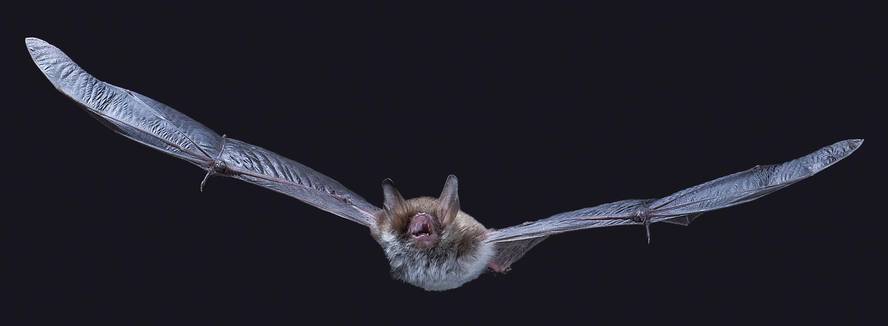
Ed. Antton Alberdi
One of the main objectives of the investigation of bats is to contribute to their conservation, since many of the known bats are at risk. In the Basque catalogue of endangered species, 21 of the 30 mammals classified are bats. In Navarre there are 23 mammals catalogued, of which 14 are bats. That is, "except 3-4 species, the rest of bats are in danger of extinction in the Basque Country", explains Alberdi.
Depending on the environment in which they live, they have some problems or others. Its natural deposits are caves, cracks of rocks, holes of old trees, etc. However, many times they enter the interior of the houses in search of protection, and they hide in the spaces between beams and walls, under tiles and in temperate corners, as they would between stones and rocks. Those who are in the caves are annoyed by the people who travel through the tourism, and they hurt them; those who need old trees to protect themselves suffer the scarcity of those trees. And those who enter the houses, are totally subject to the behavior of the owners. There is no law or rule establishing what to do in these situations. However, they have already begun to take action and to make the way to protect bats. For example, "a conservation plan is being prepared to improve the state of the bats of houses and caves, although it is still at the level of draft", says Alberdi.
Females in reproduction, both pregnant women and those who are drinking, need temperate places and often resort to their homes. The biologist explains with an example: "Imagine that a farmer wants to do restoration work in the hamlet and finds bats. It is usually in summer, when females grow. In several European countries what needs to be done in these cases is well defined and it is encouraged that there is no intervention until autumn. Because if you do something you can end up with a whole colony. On the contrary, if the works are delayed to autumn, the bats will travel on their own, since they usually have different dens for summer and winter".
Another example is that of wind farms. If instead of starting the turbines were set in motion with a wind of 5 m/s, with a wind of 6.5 m/s, "the mortality of bats would decrease considerably and the energy level would decrease very little. And it is that with these winds the bats do not fly so high", he explained. In the north of Europe and the United States have worked quite a lot in this field, since the wind is killing a lot of bats. "They are small measures but they can have a great influence," said Alberdi.
One way to protect bats is to know them and spread their situation so that society is aware. In the case of the United Kingdom, for example, they have managed to raise awareness of society and have made bats at home an honor and a lot for many people. But for this it is essential to make understand what the bats are, how they are and what advantages they offer us.
Methods of analysis
In general, in the world "100 new species have been defined in the last ten years", explained Alberdi. Therefore, the number of bat species present in Euskal Herria cannot be assured to experts, "there are about 25".
After this uncertainty, the biologist believes that there are difficulties in studying bats: "We have to walk through very difficult places, usually at night." In addition, they are huidizo animals and, being nocturnal, hardly observable at first sight. Researchers use other ways to overcome these difficulties.
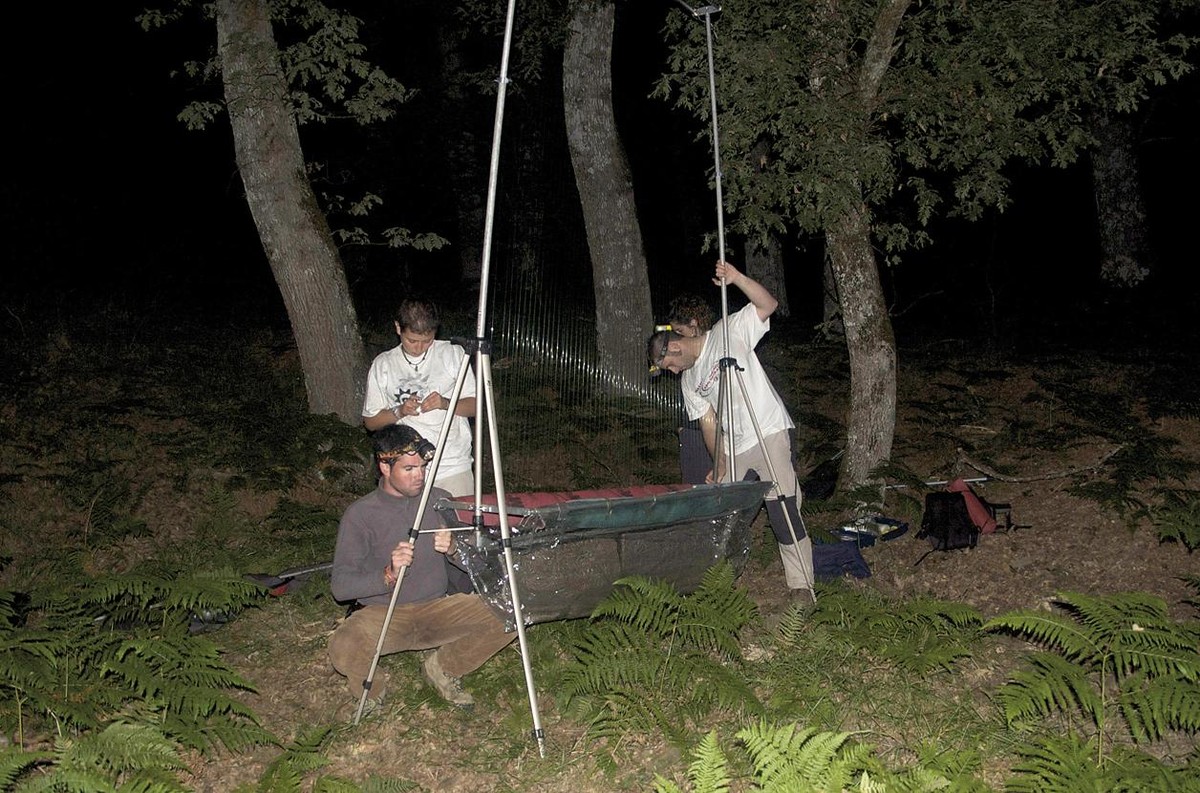
Researchers from the UPV prepare a harp trap for the capture of bats. Ed. Antton Alberdi
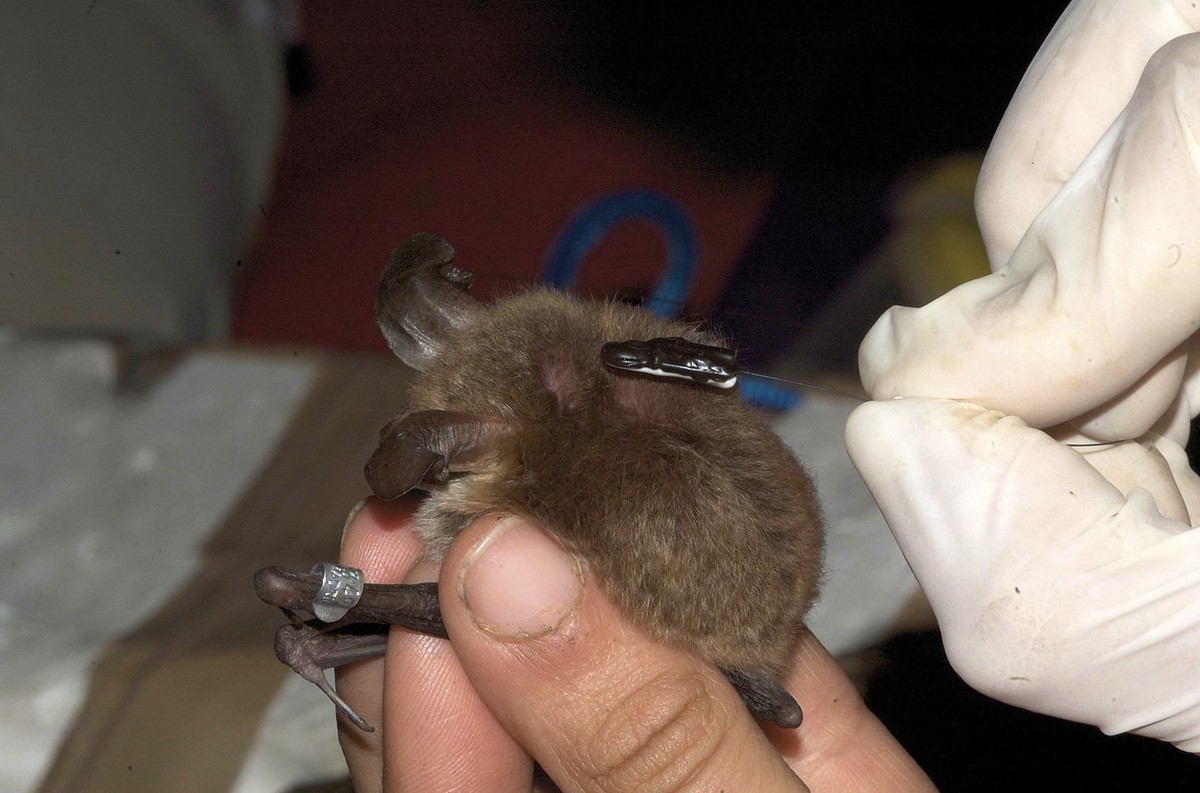
Transmitter of a walled bat. Ed. Antton Alberdi
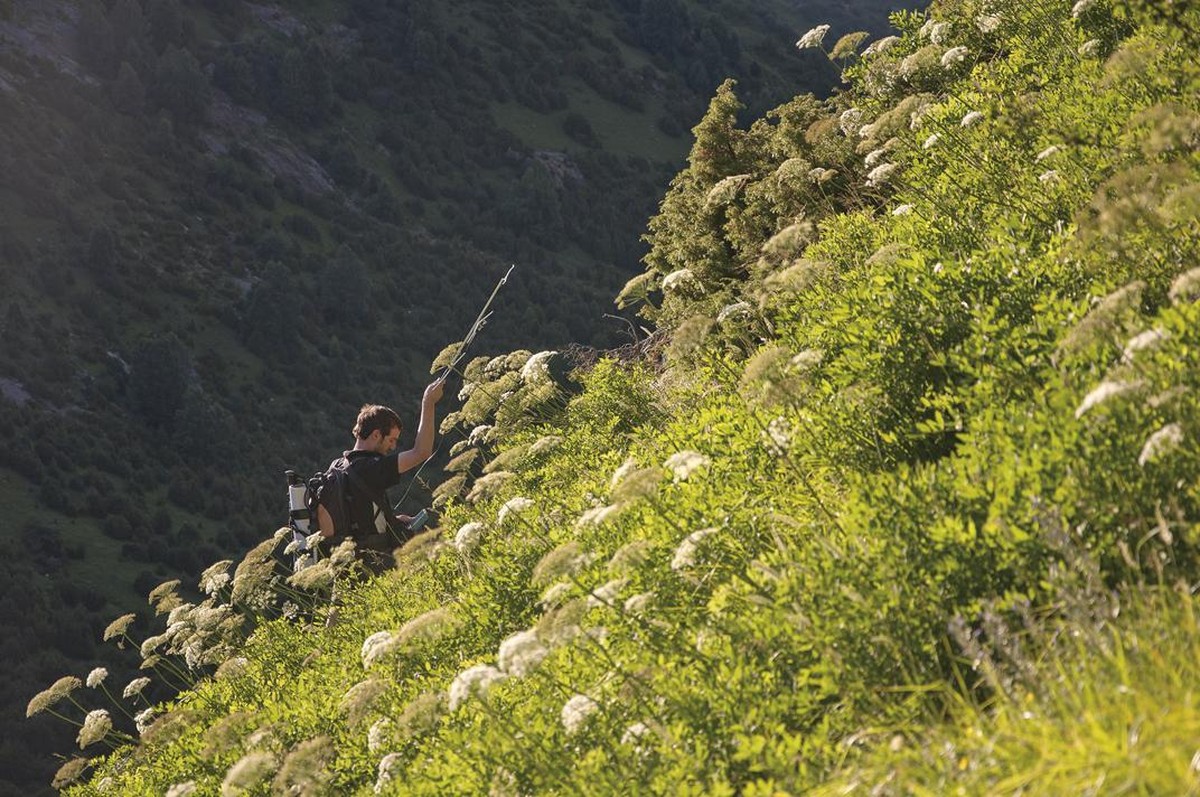
Following the signal issued by the transmitters to know the location of deposits of bats. Ed. Antton Alberdi
For example, researchers focus on the sweeping pulses that emit bats through an ultrasound detector. They know how those pulses are, what a bat is. Pulses and therefore bats differ in two characteristics: On the one hand, in frequency, since they emit pulses of greater or lesser thickness. And on the other hand, the pulses have different characteristics in some and other bats: some are of fixed frequency and others of variable frequency, that is, of high initial and low frequency at the end. The differentiation of species of a specific genus is more difficult in some cases, since they can emit very similar pulses", explained Alberdi.

Antton Alberdi in laboratory work. Ed. Antton Alberdi
The information obtained from the pulses of sweeping bats is complemented by other works. Among other things, bats are captured through networks, to know the abundance of a certain species in a given place, will mark bats, place small transmitters to be able to track their exact location and thus know their shelters, behaviors, etc.
From a sample of patagio (membrane that forms the south) molecular studies are carried out in the laboratory. In some genera, to be sure that it belongs to a species, it is necessary to perform a molecular analysis. They usually analyze mitochondrial DNA to differentiate between species. Researchers also know what bats eat through the analysis of DNA.
As a complement to the investigations, Alberdi takes photographs of bats, amateur photographer. "As many people consider them dirty and disgusting animals, the photos show the public the cleaning and beauty of these animals."
The three great ears
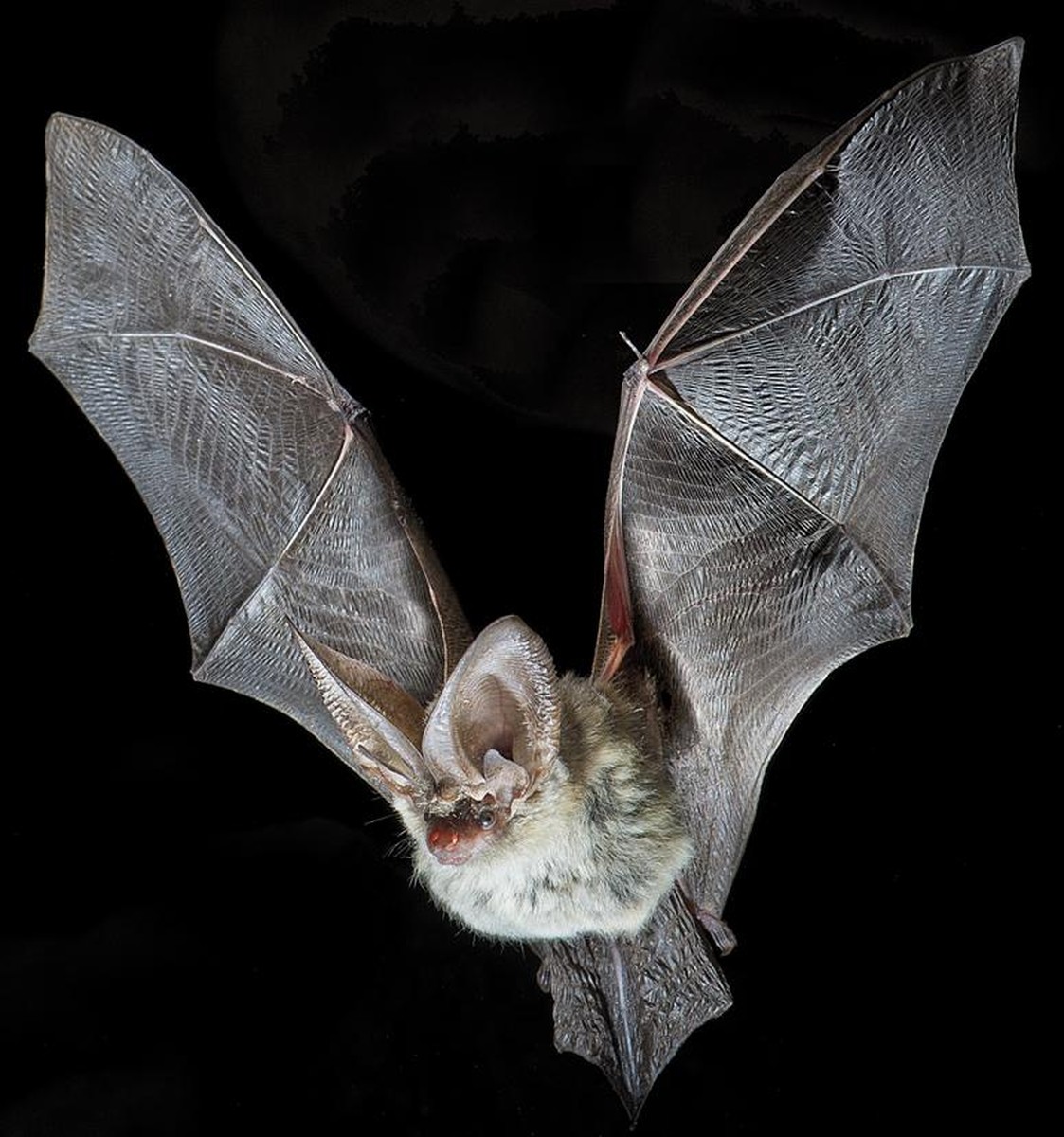
Plecotus austriacus. Ed. Antton Alberdi
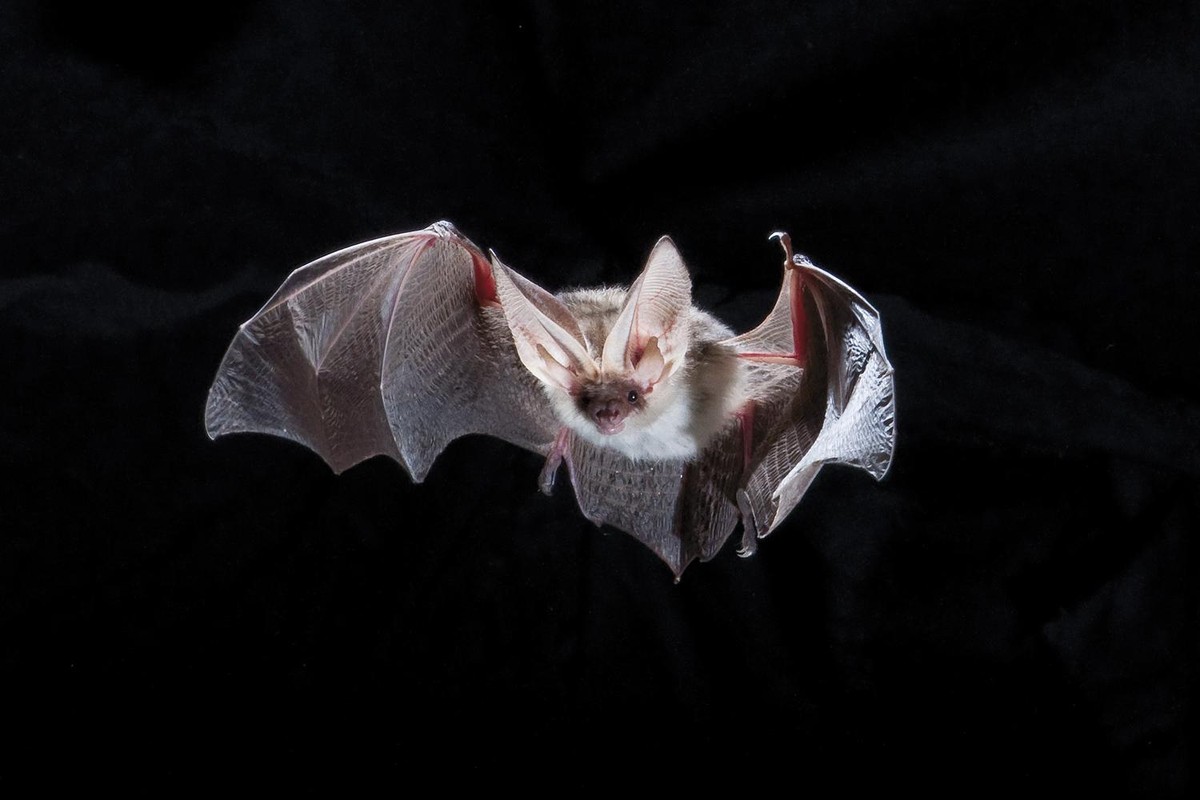
Plecotus macrobullaris. Ed. Antton Alberdi
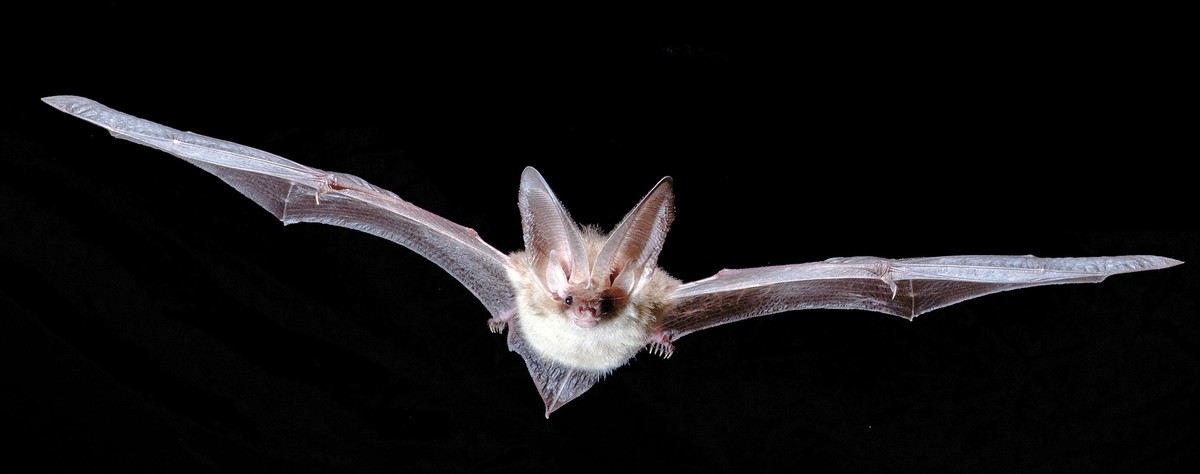
Plecotus auritus. Ed. Antton Alberdi
In the Basque Country there are three species of the genus Pleco tu s: P. auritus , P. austriacus and P. macrobullaris . The three are morphologically very similar. "They have a different ecology, but they have different behaviors and biological needs," explains Alberdi. P. macrobullaris, for example, is only in the Pyrenees. P. austriacus lives in mixed forest media, in a typical landscape of the Basque Country, with forests, pastures, mixed zones with intercalate living barriers, and P. auritus is a kind of forest. "Although these three species were separated 3-4 million years ago, all have preserved a similar morphology," he adds.
These bats have big ears, probably because they passively hear the sounds that prey make. Many of the sits that eat are tipped and are able to hear the ultrasounds that emit bats. The strategy of several moths is to get through the deceased when hearing an ultrasound and dropping to the ground. Others are able to emit ultrasound by resorting to opposite sexual organs, mixing bats. "Therefore, to avoid these kinds of things, these bats listen without just emitting ultrasound," explains Alberdi.
In addition to emitting few ultrasounds, those that emit are difficult to detect by detectors. One of the limits of the detectors is that they do not perceive equally the pulses emitted by all bats. On the one hand, there are bats that emit at low intensity and that "although they are five meters from the detector they have not detected it", explains Alberdi.
Pyrenean grasslands
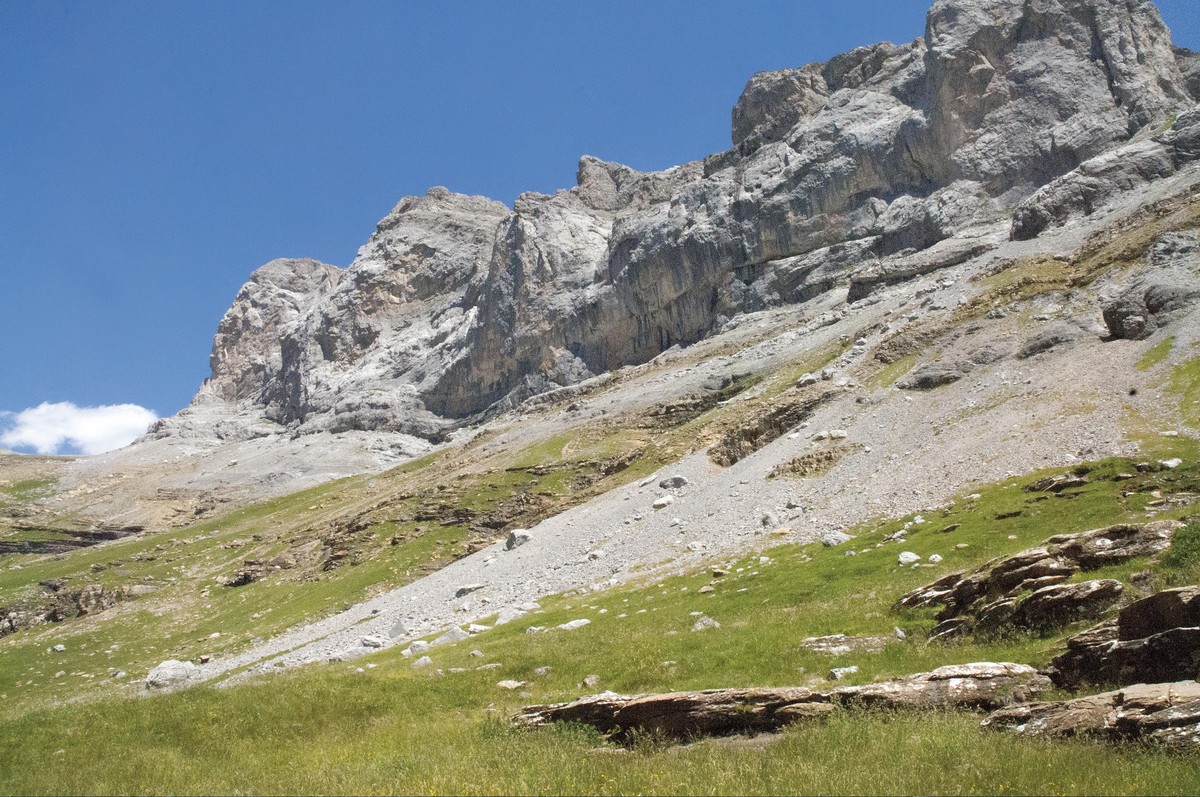
Ed. Antton Alberdi
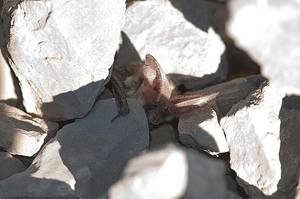
A specimen of Plecotus macrobullaris kept between stones. Ed. Antton Alberdi
Plecotus macrobullaris was first captured in the Pyrenees in 2003, in Ordesa, there were no more appointments for years. Antton Alberdi recalled that "it was thought to be a very rare species in the Pyrenees. Until we start putting the nets in the pastures. No sampling was done in the pastures. In some books it is said that they are never placed in pastures, since bats do not fall. It is the only way to capture specimens of this species. And we have captured hundreds of specimens with this method. Faenan in grasslands near the ground. With ultrasound detectors it is very difficult to detect, and since the sampling was performed in an inappropriate place, it was thought that they had a very low incidence.
"Alpine herbaceous is the only species to hunt and breed in Europe in alpine media, based on what has been known so far. While humiliating females are kept in cracks, non-humiliating males and females are often hidden in rocky sections of gravels. Under almost any stone of the Pyrenees there can be a bat up to 2,500 meters high. We have found the species in the Pyrenees between 1,400 and 2,800 meters, and we have found the guards very close to the fridges", explains Alberdi.
Domicilios Domicilios
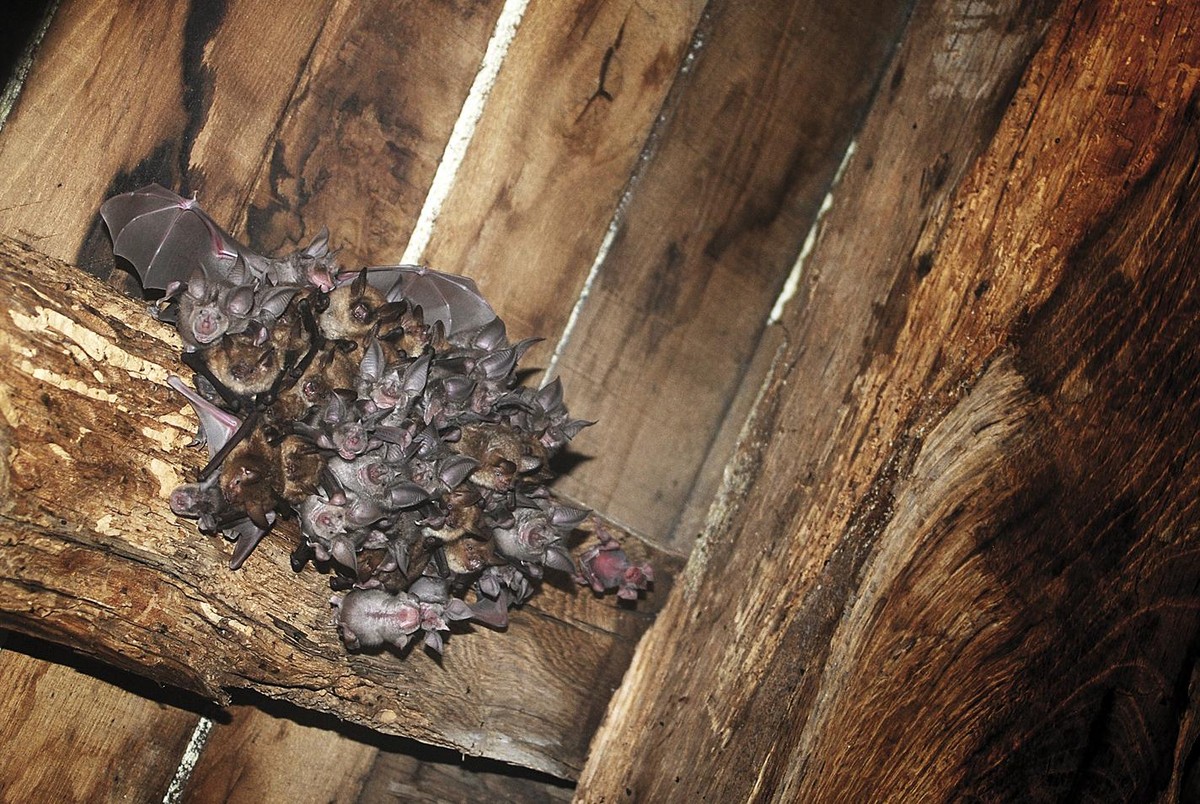
Group of bats found in a church. Ed. Lide Jiménez
Despite not being their natural habitat, bats have adapted themselves to live in the infrastructures created by the human being, and in some cases they enter houses, churches, etc., seeking refuge, asking for suitable breeding place, etc.
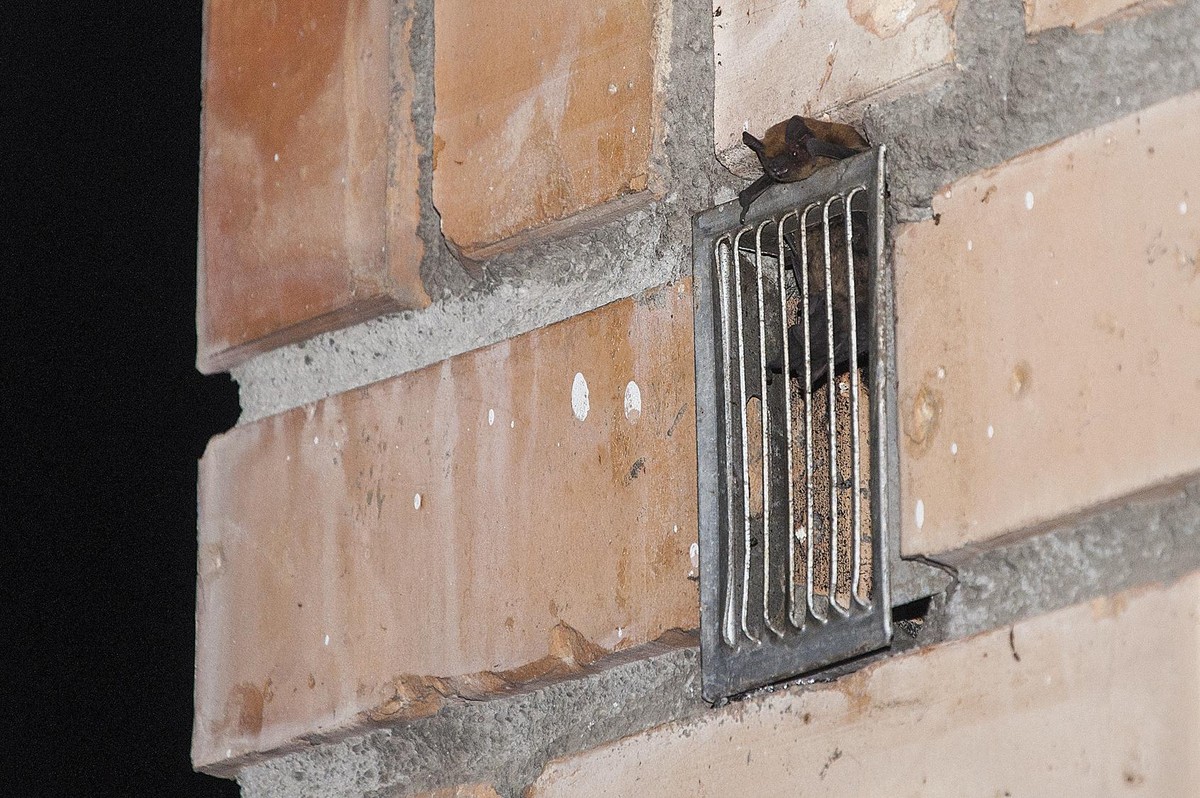
Pipistrellus kuhlii leaves the den a bat. Ed. Antton Alberdi
Bat expert Antton Alberdi recalls an anecdote in this regard: "We went to a woman who heard bats between two partitions of her house. It was the sixth floor of a tower of houses. The woman, overwhelmed, closed before we were the grid that bats were using as access. When we left, we explained that the colony would be there at most until September and then they were going to leave, and if it closed then they would not return. But if he closed it before, we told him that they would remain inside, that at first they would be noisy, that later they would die and that when rotting would have a bad smell. We reopened the entrance closed by him and the bats came out with thirst and hunger. 55 Pipistrellus kuhlii came out."
Of caves
Today, the most effective measure for the conservation of bats is "to regulate the tourism of the caves", according to bat expert Antton Alberdi. In fact, researchers know some of the key caves for the conservation of bats. In the Basque Country they are between 20-30, both for their large quantity of specimens and qualitatively for their diversity or for being shelter of threatened species. "Some caves are summer refuge for some species and other hibernation sites," he says.
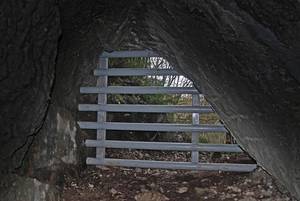
Ed. Antton Alberdi
Well, seeing that the tourism of the caves has grown lately, and at the same time, seeing that in some of them there are fewer bats, they have begun to take measures in the administration. Access to some cave has been prohibited and a follow-up of the recovery of bats is being carried out.
According to the researchers, this topic should be treated with great care. "There are people who do not see with good eyes to ban access to the caves, but they are taking measures because the situation is really serious," explains Alberdi. I think we have to reach an agreement between researchers, natural managers, tourists and speleologists, because only with the collaboration of all will it be possible to maintain the diversity of bats that we have in Euskal Herria", he added.
The laying of closures can become a problem for bats. Many of the enclosures have been made thinking of people instead of bats, that is, with vertical bars, and leaving between the bars a maximum distance of 20-25 centimeters, not only the passage of people but also of many bats is difficult. "There are small species that have the capacity to close and pass the wings, but most cannot do it," explains Alberdi. The bars that are now being placed are placed thinking about it: if they are vertical they are placed up to 3 meters, leaving space to pass from above, and if not, horizontal bars are placed.
Ancient forests
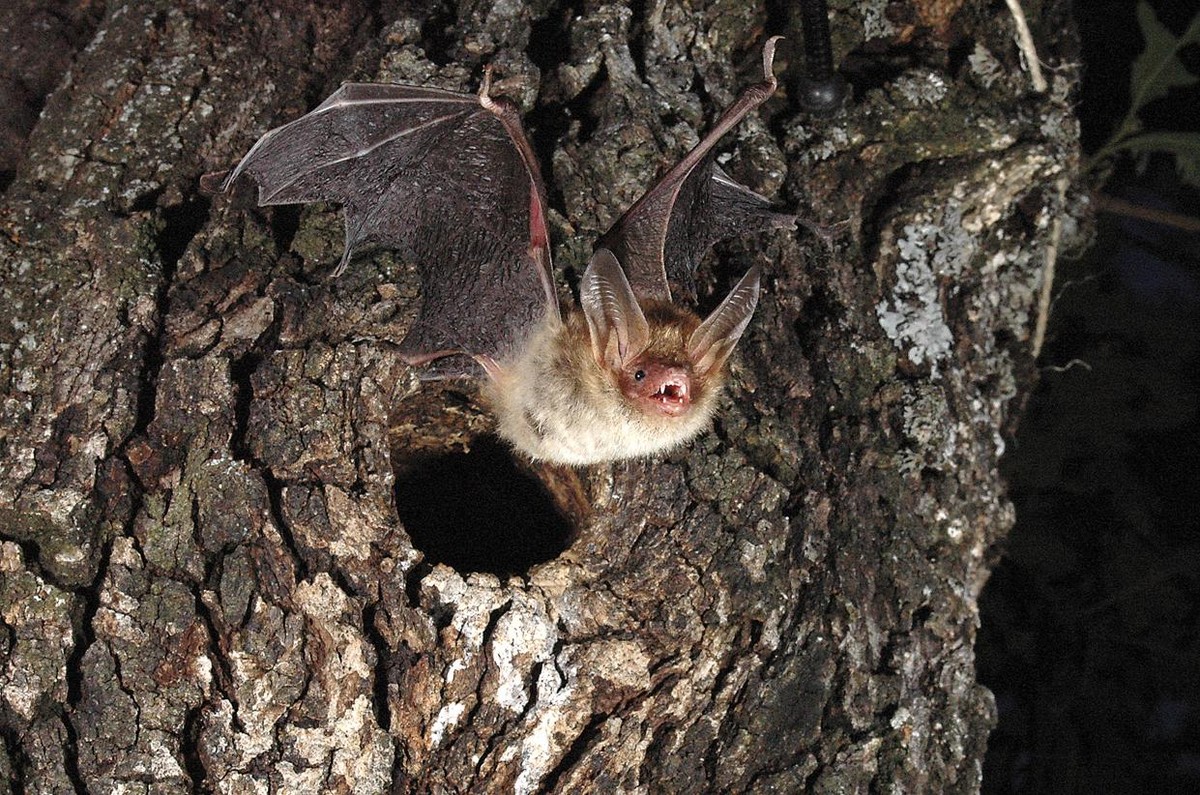
Myotis bechsteinii. Ed. Joxerra Aihartza
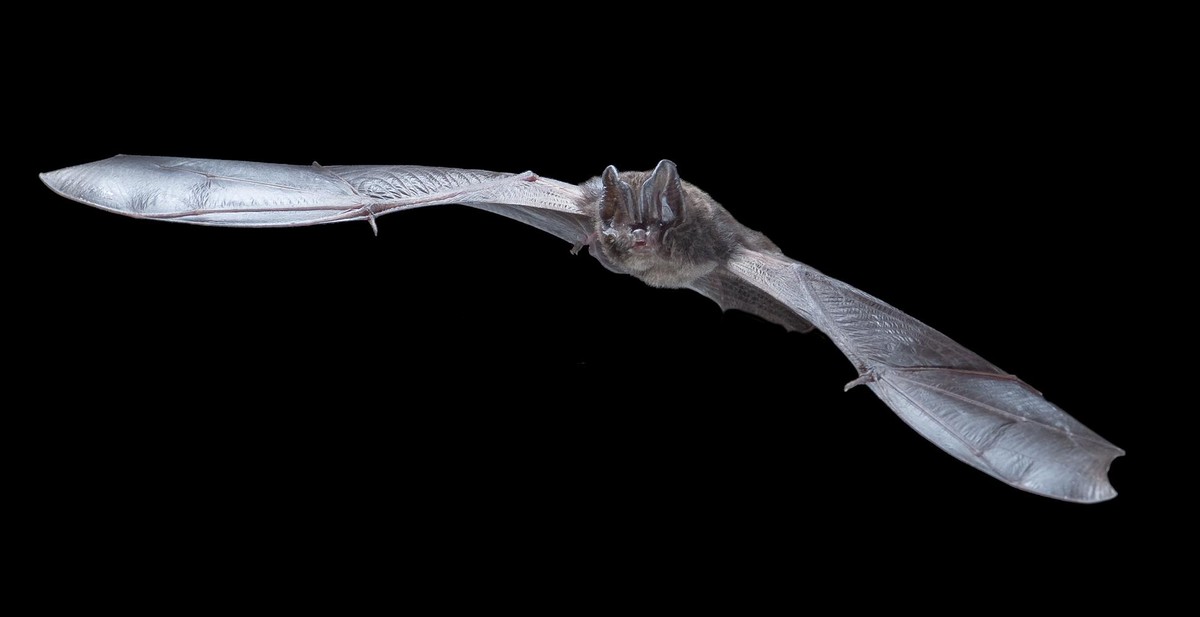
Barbastella barbastellus. Ed. Antton Alberdi
Antton Alberdi believes that they are bats specialized in living in old trees and forests, "those who are in worse condition and have more difficulty for their conservation". The forest bat, like Barbastella barbastellus, is introduced into the cracks between the bark of the trees and the bark, which are its guards. The species Myotis bechsteinii, for its part, uses mainly bird holes for the implantation of breeding colonies. "It is difficult to preserve these bats, since the surfaces of ancient forests that we have, especially oaks, are very small," said Alberdi. They are also much more difficult to detect and monitor, since shelters are greatly modified and trees are passed. The only thing that can be done in these cases is to maintain the habitat, that is, to protect the forests as a whole. "But this has other implications, including factors and measures of another scale," he says.




















